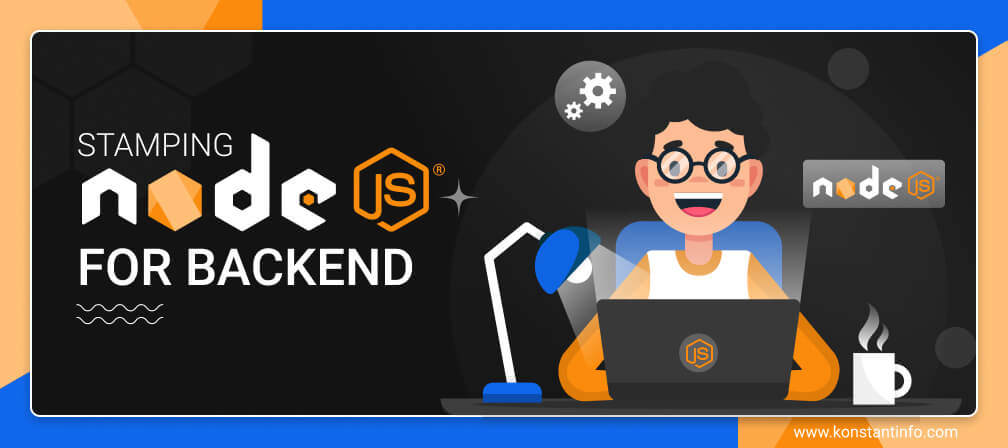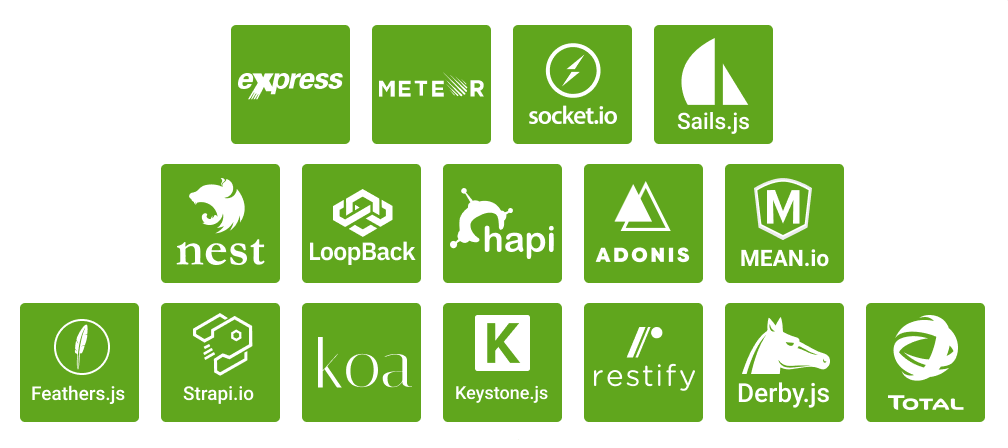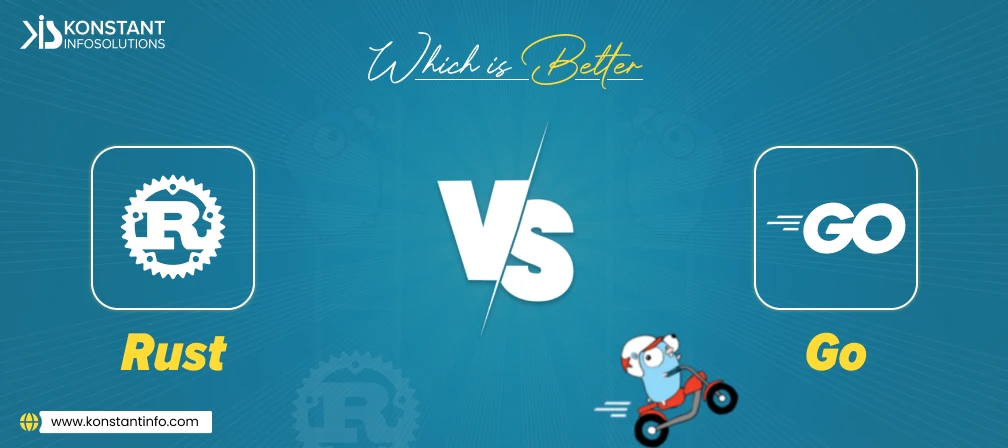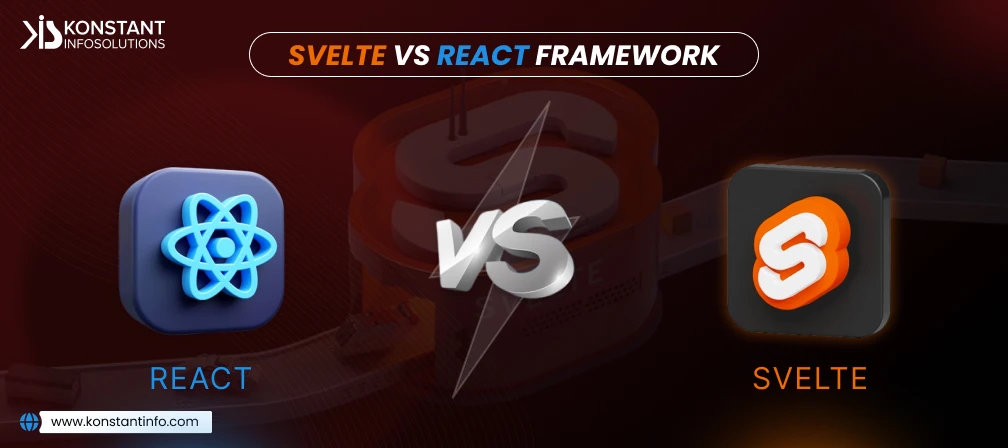
Table of Contents
Node.js is neither a library nor a framework, but it is a runtime environment based on Chrome’s V8 JavaScript engine. Node.js has proven its competency for building and scaling enterprise-level applications. It purposes the business needs of many leading tech companies with efficient, easy, and flexible APIs.
Web technologies offer different kinds of frameworks that support specific use cases in the development lifecycle. It can be of three types – MVC, Full-stack MVC, REST API frameworks.

Big brands like – LinkedIn, Netflix, Uber, Trello, PayPal, NASA, eBay, Medium, Groupon, Walmart, Mozilla, and GoDaddy rely on Node.js for their ongoing and upcoming projects. Node.js comes with server-side scripting to manifest dynamic web pages. It works by running user requests on the ‘server-side’ or ‘webserver’ instead of the ‘client-side’ or web browser. Server-side scripting often empowers developers to ignore the presence of browser plugins and technology by relying solely on the ‘webserver’;

Node.js can be extremely comfortable to work with for the back end. It is high – (1) scalable, (2) quick developer cycle, (3) fast processing, (4) open-source, (5) server-orientation, (6) quick, (7) reliable, eliminates errors without the need to restart, (8) better performance, (9) less memory overhead, (10) combines front-end and ‘back end’ mobile teams into a single unit, (11) single threading, (12) easy deployment, (13) simplicity, (14) cuts build times, customizable, (15) proxy server ability, (16) non-blocking I/O paradigm, data streaming – HTTP requests and responses as a single event.
LinkedIn replaced Ruby on Rails with Node.js due to its scalability and performance efficiency. They wanted quick ‘updates’ so that news feeds update automatically and hold on to open connections. To drive this through – they wanted an event-driven, non-blocking server.
Node.js is good with single-page applications. Trello prototype version is simply a library of functions that operates on arrays of Models in the memory of a single Node.js process. They invoke functions through a thin wrapper over a WebSocket. They used:
Netflix earlier used Java on the backend and JavaScript on the frontend. It made them double up for error handling, activity tracking and debugging. They wanted a language for both the server-side and browser side. They were looking for fast page loading. They had several modules to handle an open-source nature. They wanted an easy way of writing, debugging, and engineering the API.
PayPal did not start with Node.js. Their initial concern was to handle their segmented teams – those who code separately for a browser using HTML, CSS, JavaScript, and those who code for server applications (using Java). Thus, the boundary between the browser and the server was the primary blocker.
Node.js has been getting better than ever before. It has an active developer community and churns out a couple of new and libraries. It has excellent async libraries to keep the code under control. We make sure that our clients get the highest code quality and best tech talent on the market. We empower start-ups, mid-size companies, and enterprises. Let’s connect.



Vipin Jain is the Co-Founder and CEO at Konstant Infosolutions and is in charge of marketing, project management, administration and R&D at the company. With his marketing background, Vipin Jain has developed and honed the company’s vision, corporate structure & initiatives and its goals, and brought the company into the current era of success.
Or send us an email at: [email protected]